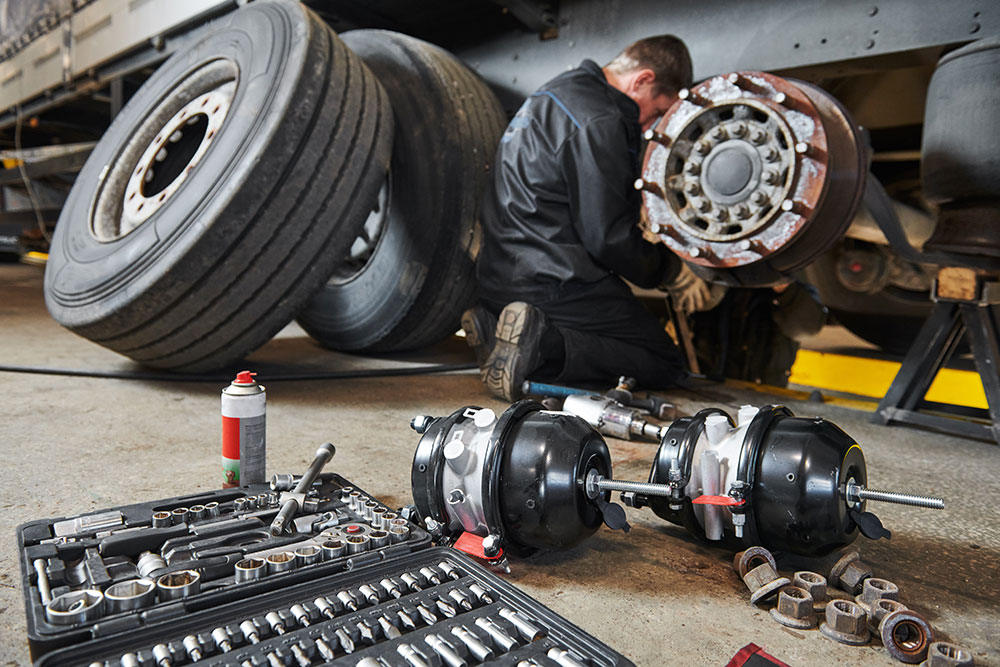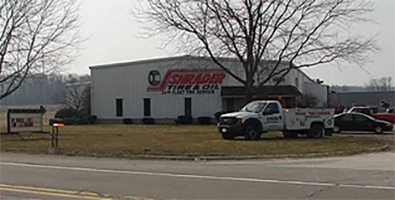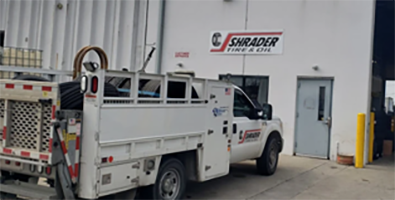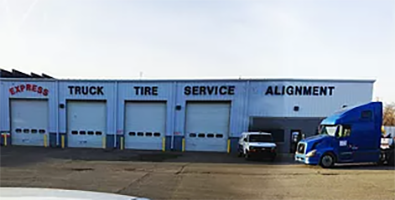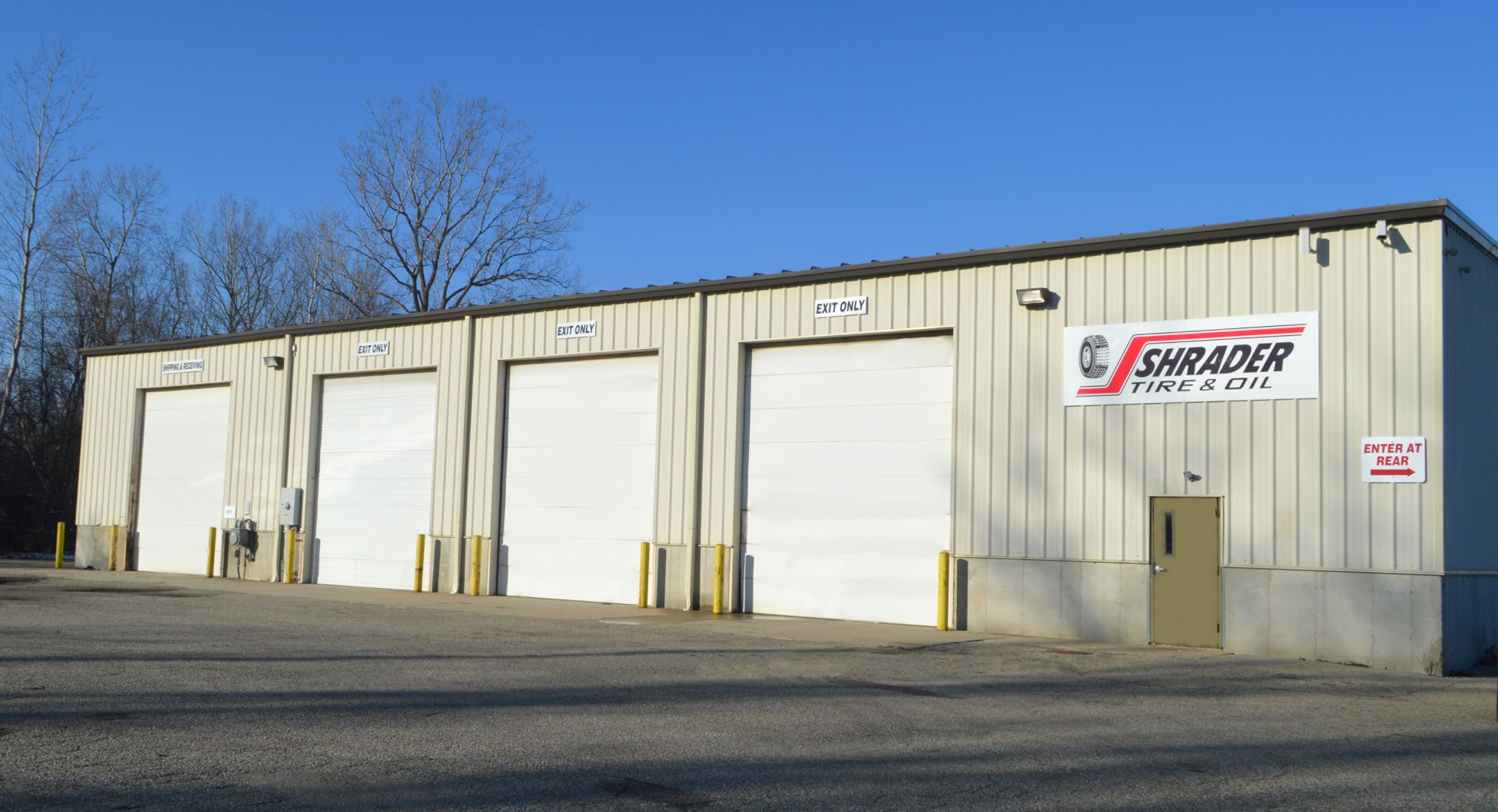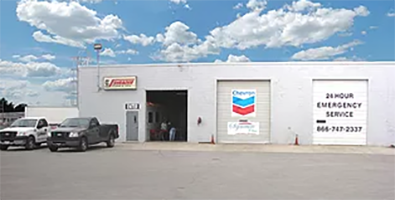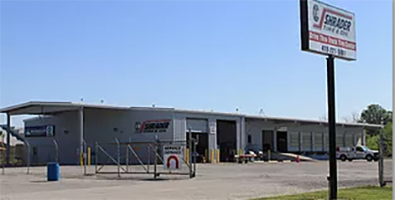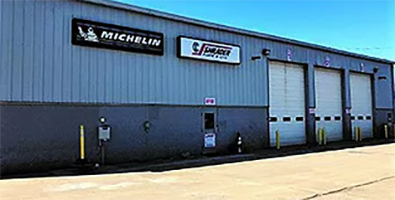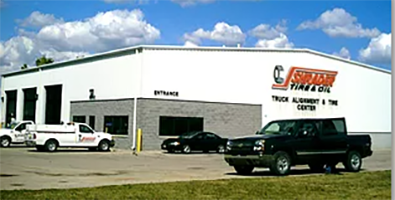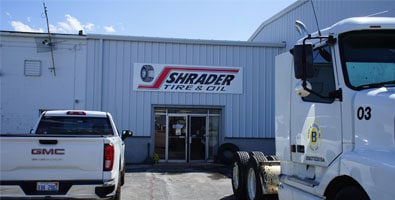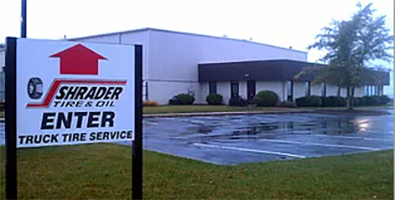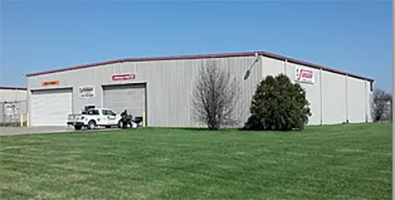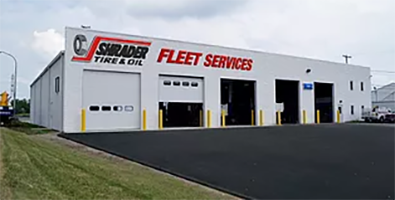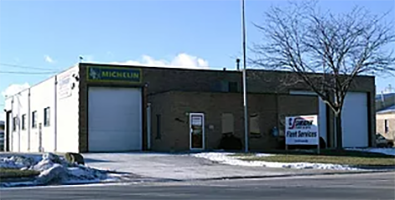TOLEDO, Ohio (Aug. 12, 2022) — Interested in reducing downtime, lowering maintenance costs and extending your equipment life? Of course you are!
Healthy fluids are critical to the performance of a heavy-duty vehicle, whether it’s a long-haul truck or an excavator on a construction site. From the engine oil to the coolant to the transmission, gear and axle fluids, contaminants can interfere with a vehicle’s smooth and productive operation. In fact, fluid contamination is a leading cause of downtime and higher maintenance costs.
There’s a common misconception that, simply by changing out the fluids at the OEM’s recommended intervals, you are doing enough to ensure your fluids are clean. There are two issues with that. First, you are missing the opportunity to extend drains well beyond the manufacturer’s recommendation, which is increasingly possible with today’s diesel engine oils. Longer drain intervals are a key strategy in reducing maintenance costs. Secondly, contaminants in the oil can be indicators of problems elsewhere in the vehicle. For example, traces of metal such as copper or aluminum in the oil is a sign that some metal parts, bearings or components are experiencing wear and need to be inspected.
Those are among the reasons that Chevron and other lubricant suppliers wholeheartedly recommend a systematic, in-service fluid analysis program for fleets of all sizes, even small owner/operators, and across both on- and off-highway segments. A fluid analysis program is far easier to implement than you might think. And far from being an added expense, it is an investment that will likely pay you back in the form of reduced downtime, lower maintenance costs, and extended equipment life.
A fluid analysis program typically involves three parties: the fleet maintenance manager, a laboratory that actually performs the analysis, and a partner who can help you analyze the lab’s findings and determine the appropriate action – most likely your lubricant supplier. (Chevron provides this service to our customers free of charge.)
The fleet manager’s job is to take oil samples on a regular schedule and send them to the lab. To ensure you get reliable results, it’s important to follow proper sampling procedures and use the right equipment. Simply opening the drain plug and capturing whatever flows out is not going to give you satisfactory results. The oil may get contaminated from dirt in the environment or even lint from the rag used to open the plug (something we commonly see). The proper bottle, tubing and vacuum pump for obtaining samples are inexpensive and readily available from a variety of sources. For the best representation of the condition of the fluid, take samples from as close to the middle of the fluid reservoir as possible, rather than the top or the bottom. Newer vehicles have been designed to accommodate this.
Just as important as the quality of the sample is the data you provide with it. Make sure you have the accurate unit number and the name of the specific product being used, which the lab will match against its own sample.
Labs can turn the analysis around in as little as 24 hours if needed. You will receive a report that is color coded – red, yellow or green – depending on the severity of the findings. Green means you can continue to operate and monitor the equipment as usual. Yellow indicates some cautionary notes you should be aware of, and red means you have a problem that needs attention. One of the benefits of doing sampling on a regular schedule is that you can see trending over time and whether a problem is getting worse, making it easier to pinpoint the source. As noted earlier, you can share the findings with your lubricant provider, who can help you understand the report and should be able to help you determine what to do if the fluid or additives are showing signs of contamination, metal wear, or degradation.
While this type of program pertains primarily to engine oil, it’s worth quickly noting the importance of coolant analysis as well. Fortunately, it entails far fewer steps and can usually be done in-house. You can use test strips that match the specific coolant technology you are using to check the additive and Ph levels. You can use a refractometer to test the freeze point. The simple tests, however, are the “visual and smell” tests – if the color is close to the original when the fluid was installed, and the odor is not unusual, your coolant is probably in good shape.
Given the relatively low cost and the potentially high payback, it makes sense to invest in a fluid analysis program – a proven and effective way to make sure your equipment is in top operating condition and can perform beyond its life expectancy.
- By Shawn Whitacre, Chevron Lubricants


